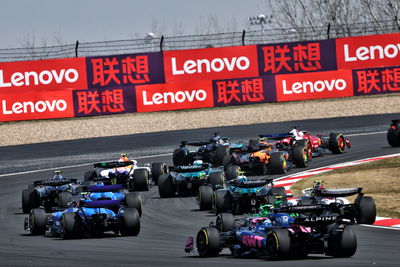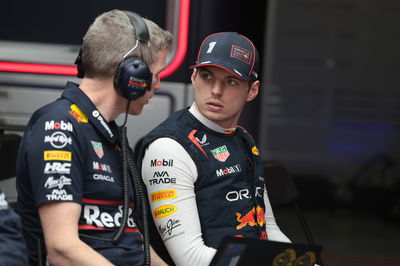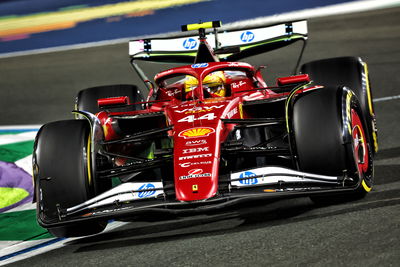How many F1 teams made changes in response to flexi-wing TD?
The FIA has revealed how many teams had to make changes as a result of the flexi-wing TD.

The FIA has revealed how many teams were forced to modify their F1 cars in response to a new flexi-wing technical directive.
F1’s governing body has moved to clampdown on flexi-wings this season and introduced more stringent tests on the eve of last weekend’s Chinese Grand Prix.
All 10 F1 teams have had to pass tougher rear-wing flexibility tests, with a new technical directive limiting flexibility to 0.5mm, after the FIA monitored the situation at the season opener in Australia.
According to the FIA, almost half the grid had to change their rear wings in order to comply with the new rules amid a push to combat the so-called ‘mini-DRS’ saga which has brewed for several months.
“I’m hopeful it’ll be enough this time,” Tombazis is quoted by Motorsport-Total.com.
“I think four or five weren’t [compliant], and they had to make changes [for China].
“We continue to use cameras, simply to be safe. But ‘safe’ is actually a word I want to avoid, because it’s a rather complex phenomenon that causes this effect.
“Basically, we mainly use the results of the load tests and combine that with the camera data.
“That way we ensure we don’t miss any tricks. Camera images alone would not only lead us to involve the stewards.
“They’re more likely to initiate a more detailed investigation, where we might discover that a team is using non-linear characteristics or a mechanism. Then we’d have reason to report it.”
Alpine were the first team to publicly admit they had to make modifications, while Haas also confirmed tweaks were made to the rear wing of their VF-25.
It is not known which other teams had to change their rear wings, but McLaren and Ferrari were also understood to be in the spotlight.
FIA ‘have to remain vigilant’ about teams
Despite all the teams passing the tougher tests, the FIA is not prepared to take a relaxed stance on the matter.
“That shouldn’t be seen as arrogance – the teams are obviously still trying to get the most out of their cars, and we have to remain vigilant,” Tombazis added
“Our view is: A car that passes the FIA tests is generally legal, unless there are hidden mechanisms or things based on non-linear properties, temperatures, or similar things. In such cases, we intervene.
“In principle, we would never report a team that has passed the tests to the stewards. But specifically on this issue, and for precisely these reasons, the rules give us the right to conduct additional stiffness tests.”
Additional front wing tests are being introduced from the Spanish Grand Prix in June.












